New Mexico
Leading Example
13. Results-Focused Budget Process
13. Results-Focused Budget Process
A 1999 New Mexico law required all state agencies to submit annual performance-based budget requests that include outputs, outcomes, performance, and evaluation data. The 2019 Evidence and Research Based Funding Requests Act (SB58) amended the 1999 law by defining four tiers of evidence and further requiring certain state agencies (selected annually by the state legislature) to “identify each sub-program as evidence-based, research-based, promising, or lacking evidence of effectiveness” and report on the amount allocated for each of these evidence tiers. Each year, the Legislative Finance Committee (LFC) issues budget instructions that provide guidance for agencies for budget expansions (limited to committee priorities) and evidence-based programs as promulgated by the LFC’s Legislating for Results framework. LFC also provides training and technical assistance collecting data for program inventories pursuant to the 2019 state law.
In 2021, the New Mexico Legislative Finance Committee launched a new initiative called LegisStat, the first of its kind in the country. These meetings are led by the joint House-Senate committee that dives into root performance challenges (and successes), much like the PerformanceStat model.
Additionally, the state budget and associated budget documents from the LFC include a wealth of performance data as called for by the Accountability in Government Act, which drives the state’s performance-based budgeting processes. These budgeting processes define performance measures (outputs and outcomes) to annually evaluate the performance of state government programs. The General Appropriations Act contains performance data for many agencies with LFC providing additional analysis and reporting in their policy and performance analysis, budget recommendation, supplemental charts and graphs, and post-session review reports. Furthermore, agency report cards, which include many budget measures, are updated quarterly to outline budget needs. When possible, these metrics are also examined in terms of equity and communities of color, often when these data are reported in the context of evaluated programs.
Issue Areas: Child Welfare, Criminal Justice, Economic Mobility, Education, Equity, Health, Workforce
Promising Examples
12. Evaluation Use
12. Evaluation Use
New Mexico has published a series of inventory and cost-benefit reports in the areas of children’s behavioral health, adult behavioral health, early education, child welfare, criminal justice, healthcare, and education. In 2019, the Legislative Finance Committee’s evaluation unit published analyses on substance abuse treatment outcomes and Medicaid spending and managed care administration. In FY21, the evaluation unit is partnering with Abdul Latif Jameel Poverty Action Lab (J-PAL) North America to evaluate the effectiveness of the state’s early college high schools. All reports from the evaluation unit can be found here.
Issue Areas: Criminal Justice, Child Welfare, Economic Mobility, Education, Health
16. Repurpose for Results
16. Repurpose for Results
In New Mexico, a Pew Charitable Trusts report cited an example where a cost-benefit analysis revealed a program was not generating cost-savings. The report stated that the New Mexico Corrections Department program inventory, conducted in 2012, “found that fewer than 10 of the more than 40 programs studied were evidence-based.” Further, “the department’s drug abuse prevention programs, Therapeutic Communities, was not operating according to its evidence-based design and, as a result, was not achieving desired outcomes. The department subsequently replaced the program with an alternative, Residential Drug Abuse Treatment, that the Results First analysis showed would generate a return of $4 in benefits for every $1 invested.”
